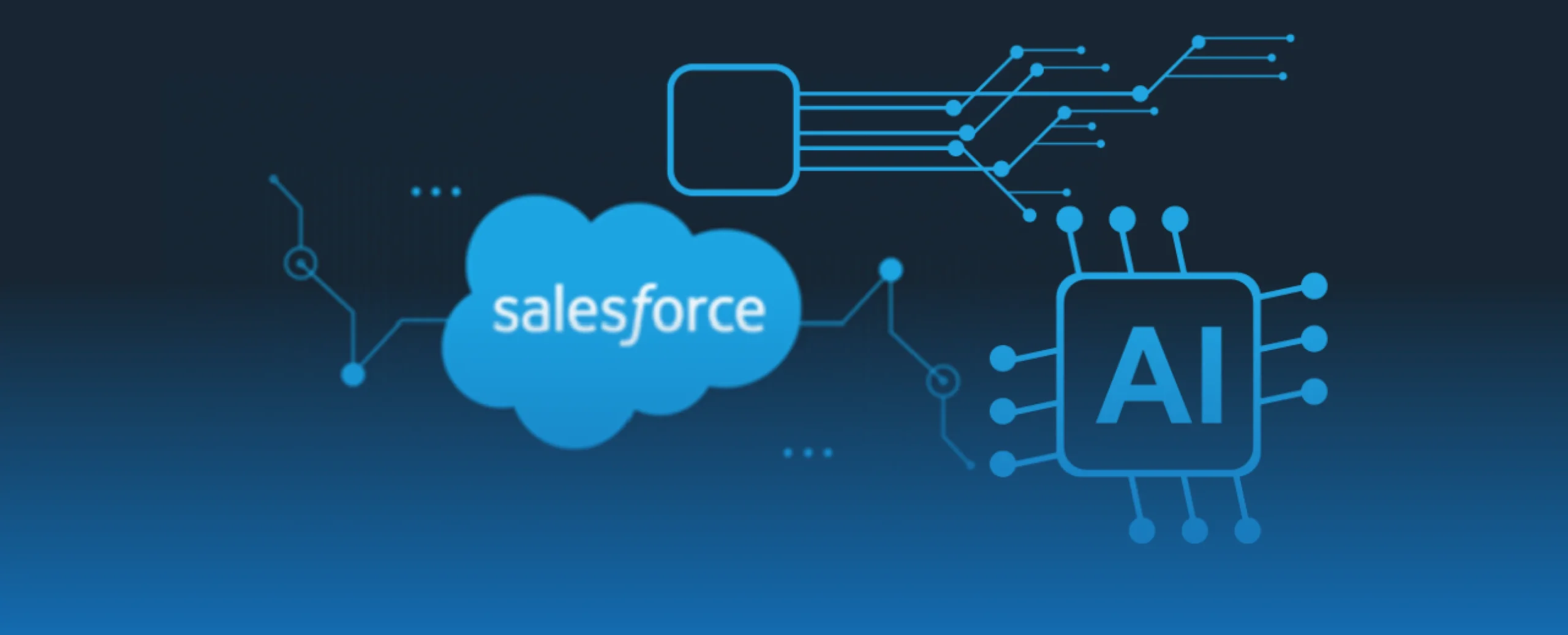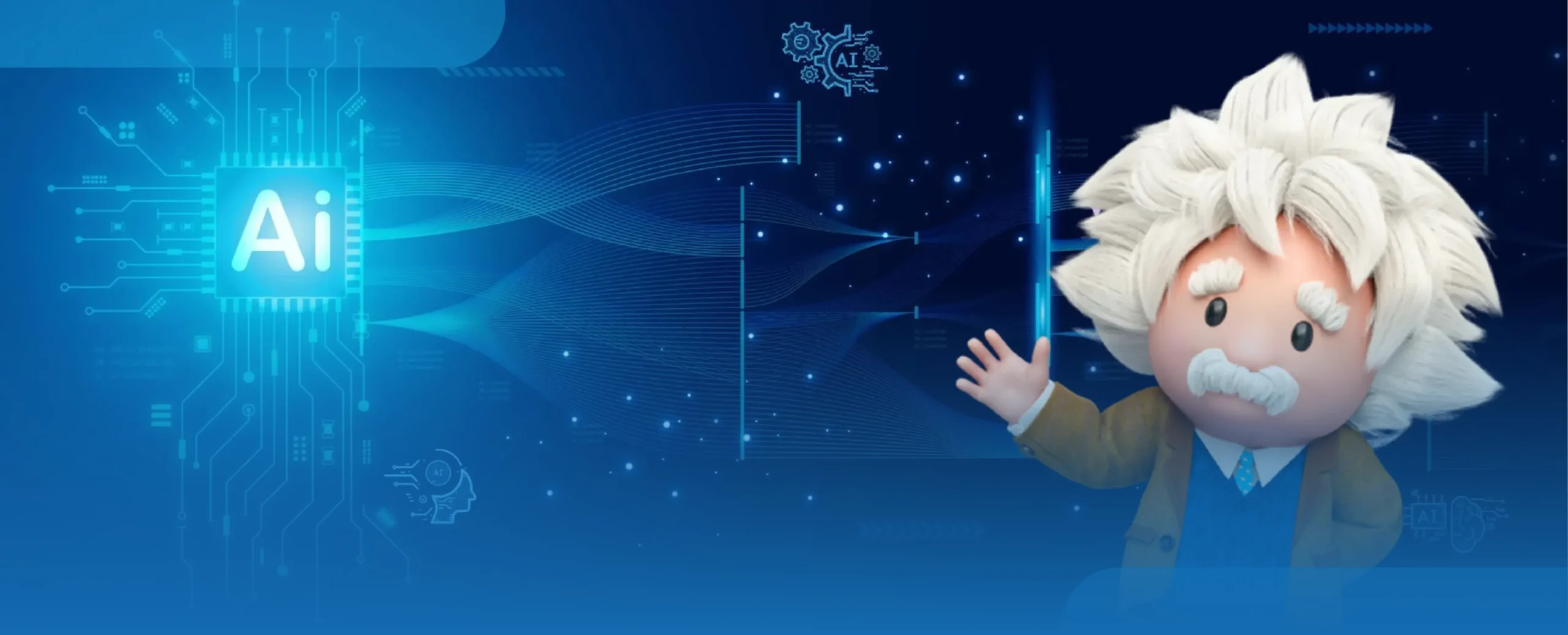
Integrating AI with Salesforce Data
Introduction to AI Integration with Salesforce
Artificial Intelligence, or AI, is a technology that helps computers to think and learn like humans. When AI is combined with Salesforce, a powerful tool used to manage customer relationships, it can transform how companies use their data. Integrating AI with Salesforce gives companies a huge advantage because it can help them make smarter decisions, better predict what their customers need, and operate more efficiently.
Salesforce stores tons of useful data, like information about customer interactions, sales, and other business details. This data is valuable, but without AI, it can be hard to make sense of it all or find useful patterns. AI can go through this data quickly, spot trends and make suggestions that help teams work more productively.
This article will guide you through how to connect AI to Salesforce, the benefits, and practical steps. Whether you’re new to AI or already familiar with Salesforce, you’ll find practical guidance on how to make the most out of this powerful combination.
Why Integrate AI with Salesforce Data?
Salesforce stores a lot of valuable data, like customer details, sales history, and engagement metrics. But data alone doesn’t provide insights. AI helps analyze this data, uncover patterns, and offer suggestions. Integrating AI with Salesforce lets companies make informed decisions and provide better customer experience.
Statistics
85% of customer service reps at organizations who use AI say it saves them time.
Key Benefits of Integrating AI with Salesforce Data
Integrating AI with Salesforce provides many advantages for businesses. Here’s a closer look at how it can help:
Steps to Integrate AI with Salesforce Data
Let’s look at the key steps to add AI to Salesforce.
 Choose the Right AI Tool
Choose the Right AI Tool
There are many AI tools out there. Choose one that fits well with Salesforce. For example, Salesforce Einstein is an AI built specifically for Salesforce, but there are others like Google Cloud AI and IBM Watson that can work with Salesforce too.
 Connect AI to Your Salesforce Data
Connect AI to Your Salesforce Data
You’ll need to connect AI to your Salesforce account to make it work with Salesforce. This connection allows AI to read the data, analyze it, and provide insights. Make sure you have the correct permissions and follow data security practices during this step.
 Train the AI with Salesforce Data
Train the AI with Salesforce Data
AI needs to learn from past data to understand how things work in your business. This process is called “training.” You give it historical Salesforce data, such as previous sales or customer interactions, so it can learn patterns. The better the training data, the better AI performs.
 Test and Adjust the Integration
Test and Adjust the Integration
Testing helps make sure everything works as expected. Run some test cases to see if the AI is giving accurate suggestions or predictions. Make adjustments based on test results to improve accuracy.
 Monitor and Improve AI Performance
Monitor and Improve AI Performance
Once the AI is up and running, keep track of its performance. Check if the suggestions or automation it provides are helpful. Regularly fine-tune it based on user feedback to keep it performing well.
Use Cases of AI in Salesforce
AI can be applied in several helpful ways within Salesforce, making everyday tasks easier and smarter. Here are some practical examples:
Common Challenges and How to Overcome Them
 Data Privacy Concerns
Data Privacy Concerns
When using customer data, follow regulations like GDPR to ensure data privacy. Only use data responsibly and protect customer information.
 Integration Complexity
Integration Complexity
Some AI integrations can be complex. If it’s difficult, consider using Salesforce’s built-in AI, which is often easier to set up.
 AI Training Time
AI Training Time
Training AI can take time, but it’s essential for accurate results. Start with small data samples to speed up early results, then gradually expand.
Best Practices for Successful Integration
 Set Clear Goals
Set Clear Goals
Before you start, decide exactly what you want AI to help with. Think about your main goals. Do you want AI to improve customer service, boost sales, or make marketing more effective? Being clear on your objectives will help you choose the right AI tools and measure your progress smartly.
 Focus on Data Quality
Focus on Data Quality
AI relies on good data to work properly. If the data in Salesforce is messy or outdated, AI can’t give accurate results. Make sure your Salesforce data is clean, accurate, and up-to-date. Regularly go through your records, remove duplicates, and fix any mistakes. This way, AI will have the best possible information to work with.
 Educate Your Team
Educate Your Team
It’s important that your team knows how to use AI tools and understand the insights AI provides. Offer training sessions to help them feel comfortable using the new technology. Explain what the AI insights mean and how they can apply them in their work. This will make it easier for everyone to work with AI and see the value it brings.
 Monitor and Adjust
Monitor and Adjust
AI isn’t a “set it and forget it” solution. Regularly check how well the AI is working and whether it’s meeting your goals. For example, if you notice it’s not making accurate predictions, you may need to adjust its settings or improve data quality. As your business grows and your data changes, AI will need fine-tuning to stay accurate and deliver useful results.
Conclusion
Integrating AI with Salesforce data offers new opportunities to work smarter, improve customer experiences, and make better business decisions. Although it may seem complex at first, following a clear process can make it simpler. AI, when set up correctly, can be a powerful tool that brings Salesforce data to life, giving users valuable insights and automation to help them stay competitive.
Related Post
-
F
-
A
-
Q
AI integration with Salesforce means adding AI tools to your Salesforce system to help you make smarter decisions, predict customer needs, and improve efficiency. AI can analyze your Salesforce data and offer insights to help with things like sales forecasting, customer service, and marketing.
AI can help your business by automating tasks, predicting trends, and improving decision-making. For example, it can predict which customers are likely to buy, automate responses to common customer questions, and help you create personalized marketing campaigns. This saves time and helps your business grow.
AI can improve customer service by using chatbots that answer customer questions instantly. This allows your support team to focus on more complex issues while customers get quick answers to common questions. It can also help provide personalized support based on past customer interactions.
You may start seeing some results from AI within a few weeks, especially if it’s being used for tasks like lead scoring or customer service automation. However, the benefits such as improved sales predictions or more effective marketing, may take a few months. It depends on how quickly your team learns to use the AI tools and how much data is being processed.
Set clear goals for what you want it to accomplish, such as improving customer service or increasing sales. Monitor how it’s performing and adjust it as needed. Make sure your data is accurate and up-to-date, and train your team to understand how to use AI tools properly.
Want to Scale
Your Business? Let’s Meet & Discuss!

CANADA
30 Eglinton Ave W Mississauga, Ontario L5R 3E7

INDIA
3rd floor Purusharth Plaza, Amin Marg, Rajkot, Gujarat. 360002
Get a Quote Now
Let's delve into a thorough understanding of your challenges and explore potential solutions together






